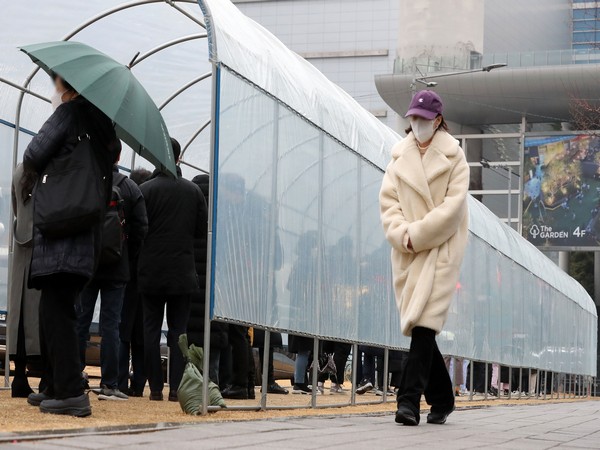
South Korea Expected To Become ‘Super-Aged Society’ By 2025
As the total fertility rate – the average number of children that would be born to a woman over her lifetime- has rapidly decreased, South Korea’s population actually declined last year.
Seventeen per cent of the total population is aged 65 or older, accelerating the ageing population. In addition, the population of the metropolitan areas exceeded half of the total last year.
According to the ‘2021 Korea’s Social Indicators’ by Statistic Korea on March 24, Korea’s total population peaked at 51.84 million in 2020 and then showed a decrease to 51.75 million last year.
The total fertility rate last year was 0.81, down 0.03 year-on-year, hitting the lowest level for five consecutive years since 2017. Despite the government’s policies to increase fertility, the number of newborn babies has continued to decrease.
The number of deaths last year was 312,700, up 12,800 from the previous year. The crude death rate was 6.2, the highest since 1984 (5.9).
The average life expectancy of South Korean babies born in 2020 was 83.5 years, more than 0.2 years from than previous year. Compared to a decade ago (80.2), it increased 3.3 years. The healthy life expectancy was 66.3 years, up 1.9 years from two years ago. According to the report, cancer was the top cause of death last year, followed by heart disease, pneumonia, and cerebrovascular disease.
The number of people aged 65 and older increased 4.7 per cent year-on-year to 8.57 million last year, accounting for 16.6 per cent. Statistic Korea predicted that Korea will become a ‘super-aged society’ with more than 20 per cent of citizens 65 years or older in 2025.
The burden of supporting families is also increasing. The old-age dependency ratio – the number of elderly people compared to the number of people of working age – is expected to rapidly increase from 23.1 last year to 29.7 in 2025 and 60.5 in 2040. (ANI/Global Economic)



